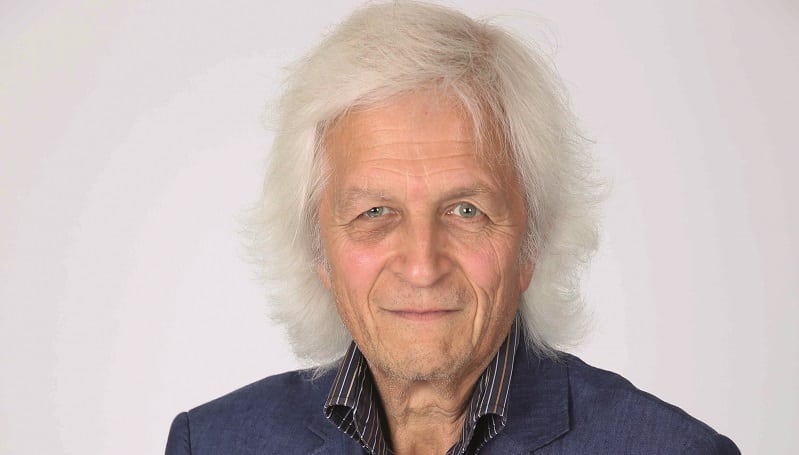Trying to explain the sudden popularity of bond funds, just when interest rates are starting to rise is one thing. Trying to explain the seemingly ceaseless rise of the S&P 500 or FTSE 100 another, but trying to get my head around the bitcoin craze is something else entirely.
Two headlines I’ve seen recently, and I’m sure there are hundreds more, have rung alarm bells: “I have £4m worth of bitcoins I bought five years ago for £5,000. Will I have to pay tax if I sell?” and “£80,000 or 18 bitcoins: I’ll accept either for my house.”
The answer to the former is yes, but it’s a nice problem to have. It can also have the effect of encouraging others to invest at much higher prices to get-rich-quick themselves. The latter (obviously not a house for sale in London) is worrying as bitcoin is so volatile – the seller has no way of knowing what kind of contract they would need to honour.
Bitcoin has had a phenomenal rise. Last November it was trading at around $695 and today it is $6,500 (having been above $7,500 earlier this month). It could be $10,000 before we know it, but volatility abounds. The latest rise has been inspired by the news that the CME plans to launch a futures contract, which will no doubt beget a proliferation of ETFs – both long and short and geared to boot.
I’m not quite old enough to have experienced “Tulip Mania” first hand, but the similarities are there to be seen. From 1634 to 1637, an index of Dutch tulip prices soared from approximately one guilder per bulb to a lofty 60 guilders per bulb. Prices were propelled higher by traders on the Dutch, London and Paris stock exchanges and futures contracts abounded.
While the bull market in ‘normal’ assets, like equities and bonds, has been very unloved, investors have still become ‘used’ to very good returns too. If the latest Schroder Global Investor Study is anything to go by, managing expectations is going to be almost as hard as building a balanced portfolio in the coming months.
According to the annual survey, UK investors are expecting an average annual return of 8.7% on their investments over the next five years while 58% are expecting to make an average return of up to 10%.
Millennials are even more optimistic. Nearly half (43%) expect a minimum return of 10% a year including almost a quarter (23%) who expect more than 15%. All this while not wanting to take any risk. Some 48% of UK investors said they were keeping more of their money in cash than they previously had, as a result of world event/political uncertainty.
But how do you invest with all this madness around? I am not alone in believing that investing for a guaranteed negative real return makes little sense, so a number of multi-asset managers I rate are looking to diversify with a range of other alternatives instead of bonds.
An asset class that is not in favour with investors right now – but possibly should be – is the precious metals complex. When euphoria abounds, who needs the protection of gold and silver? I’ve always described it as an insurance policy against central bank mistakes.
The obvious candidates for investors wanting some exposure to this area is Blackrock Gold & General and Evy Hambro is one of the most experienced managers in this asset class.
There are also a few multi-asset funds that are paying this theme – and others – to protect portfolios from the market madness.
Investec Cautious Managed, run by Mr Contrarian, Alastair Mundy, has a few punchy plays, including a 9% allocation to physical gold and a further 4% in gold shares. That’s before we mention his 25% short on the S&P 500 futures.
My second example is Schroder MM Diversity. The manager has very little in bonds but about a third of the portfolio in alternatives. One of its underlying funds is Artemis Strategic Assets which not only has 14% in precious metals, but also goes long and short a number of assets: equities, government bonds and currencies.
Should the tide finally go out, as a very seasoned investor once said, you will see who has been swimming naked. While these strategies aren’t as exciting as bitcoin, or as beautiful as tulips, I think they make for a far more sensible part of an investment strategy.










